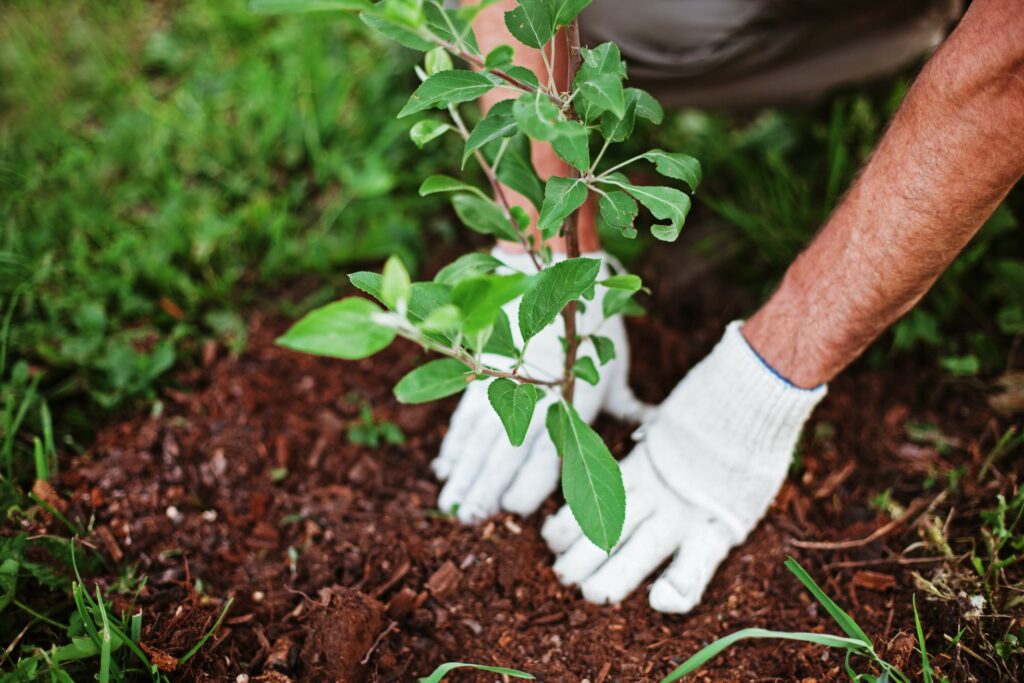
Heavy Rain, Flooding, and Chance of Severe Weather Staring Down the Southern U.S.
January 22, 2024
Posted: August 28, 2023 3:00 pm





It has been the hottest summer on record for the Northern Hemisphere thanks to the powerful combination of human-caused climate change and the onset of the El Niño pattern. July 2023 was officially declared as the hottest month on record across the planet as a whole, bringing this issue to the forefront.
The impacts of the extreme heat have been particularly apparent in large cities due to what is known as the “urban heat island effect.” This phenomenon is created when the temperatures inch upwards due to the proliferation of heat-absorbing surfaces, including concrete and asphalt. A lack of green spaces in many of these densely populated areas exacerbate the problem.
The good news is that local officials throughout the world are now learning how to reduce the impacts of the urban heat island effect through intentional steps designed to lessen the effects. Here are a few of the ways that cities are getting innovative to fight this problem.
Several cities in China have installed spraying misters to try to lower the urban core temperatures. For instance, the cities of Chongqing and Wuhan have installed these cooling sprays in area bus stops, outdoor malls, and parks. Officials in these cities are also using roving trucks that use high-pressure water sprays to act as a coolant when it gets exceedingly hot.
These specially designed water cannons were originally implemented to help alleviate air pollution. However, a recent study revealed that these fine water particles can also lower the ambient temperature reading by as much as 7%.
China is not the only global city using water to cool down the air temperature. Officials in Vienna, Austria have designated over 20 areas as cooling streets, equipped with mist showers, smart sprinkler systems, and more that activate when the mercury climbs above 95 degrees.
Do not discount the power of a lush landscape to combat the rising mercury. The temperature often drops dramatically in shaded areas. In addition, the natural water transfer that happens as the result of plants and soil can also provide a lasting cooling effect to surrounding areas in the atmosphere.
Experts in other cities are watching what is happening in Barcelona, Spain as part of its goal to cover 30% of its land with a number of garden species that are resilient to negative climate elements. These hardy species of trees and plants are being planted in an effort to combat the effects of climate change and bring down the temperature in the city during times of heat.

Another particularly effective way to bring down the temperature in urban areas is to paint surfaces such as roofs and sidewalks white. This strategy is an easy and cost-effective way to defend against the summer heat. Studies have found that outdoor structures with white roofs reset more direct sunlight when compared to a darker surface.
This practice has already been implemented in Los Angeles where roads are being painted with a white-gray coating that has been shown to reflect the sun. The city found that using this special type of coating can create a cooling effect of up to 10 to 15 degrees. As such, local officials are spending more money and time to implement these practices.
Some communities have increased the usage of shaded awnings to bring down the temperatures. These weather shields work by blocking out the hot sunshine in areas prone to extreme heating. This includes playgrounds and transit stations. The city of Seville in Spain is one metro area that is increasingly relying on these awnings to mitigate sunshine and cool the air temperature in the process.
While there is certainly a place for modern architecture practices and their advantages, there is a growing trend of reverting back to traditional building techniques and local materials that are native to a particular area. Numerous studies have demonstrated that natural earth bricks are better at absorbing heat and humidity when compared to fabricated steel and glass.
For example, mud bricks have been used for centuries in climates that are prone to extreme heat. Other classic cooling materials include the branches of eucalyptus trees, clay, and laterite stones. Reverting to these classic materials that were proven to work years ago is now seen as a good way to embrace a local culture while also leaning on these centuries-old practices.
Did you find this content useful? Feel free to bookmark or to post to your timeline for reference later.

January 21, 2024

January 19, 2024

January 18, 2024